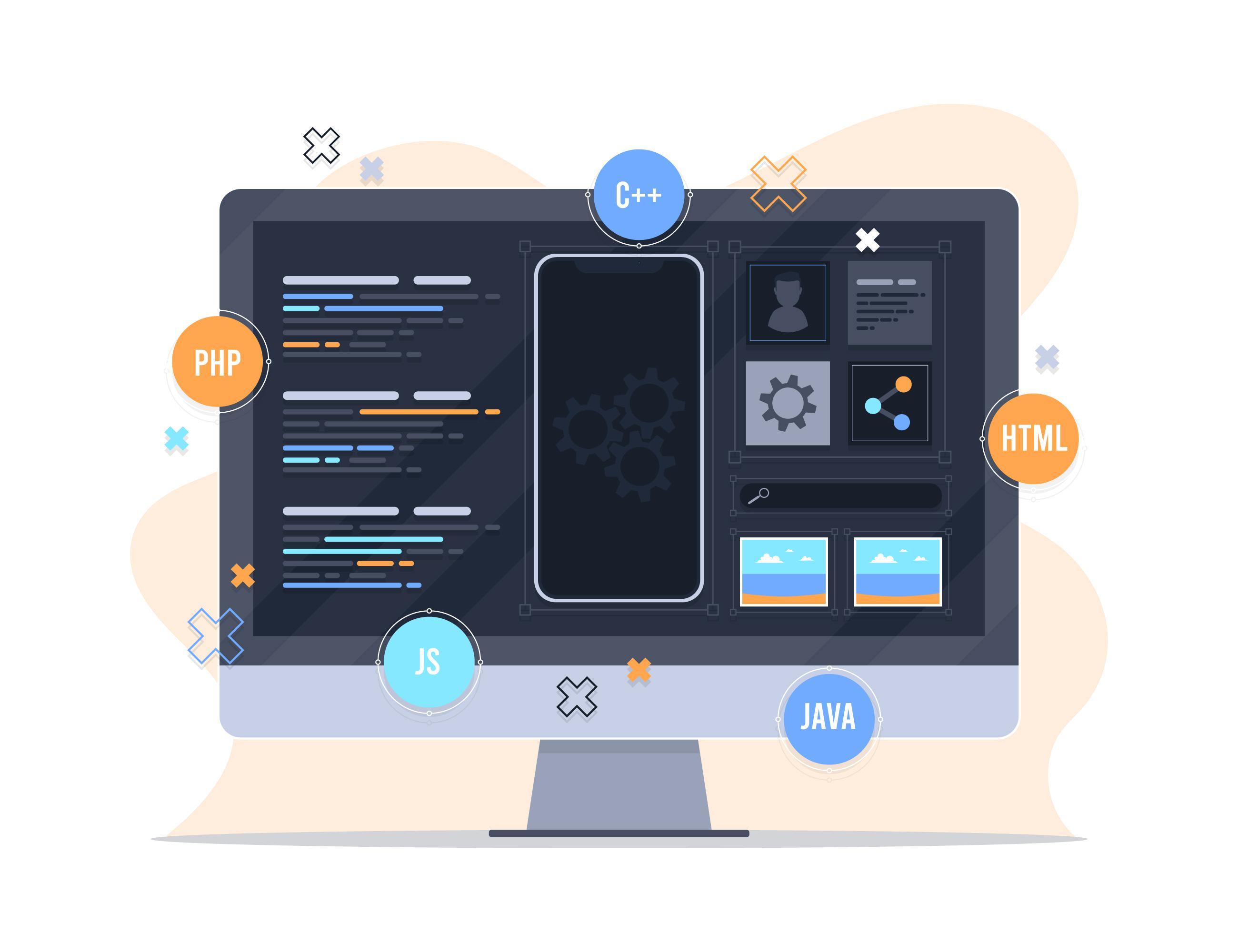Digital Transformation: How an ERP System Can Support This Transformation in Your Company
In the age of advanced technology, digital transformation is a critical necessity for businesses seeking to remain competitive and achieve success. One of the key tools that support this transformation is the Enterprise Resource Planning (ERP) system. In this article, we will explore how an ERP system can support digital transformation by improving operational efficiency, streamlining business processes, and enhancing data-driven decision-making.
1. What is an ERP System?
An ERP (Enterprise Resource Planning) system is an integrated software used to manage and monitor all company operations. It combines various business functions such as sales, finance, inventory, and human resources into one unified system. The goal of this system is to enhance efficiency and increase coordination between different departments within the organization.
2. The Role of ERP in Digital Transformation
A. Improving Operational Efficiency
- Streamlining Processes: The ERP system integrates various business processes, reducing redundancy and saving time. For instance, orders can be recorded in the same system that manages inventory, making it easier to track orders and improve inventory management.
- Automating Tasks: By automating routine tasks such as data entry, report generation, and inventory management, the ERP system allows employees to focus on more critical tasks, thus increasing productivity.
B. Facilitating Business Operations
- Data Control: The ERP system provides a centralized platform to store all business data, making it easier and more effective to access information. Employees across departments can quickly access the necessary data.
- Improved Collaboration: The ERP system enhances collaboration between departments by providing accurate and updated information. This allows teams to work together more efficiently, leading to better overall performance.
C. Enhancing Data-Driven Decision Making
- Data Analytics: The ERP system provides powerful analytics tools that allow users to gain insights into business performance. These data can be used to analyze trends and make informed decisions.
- Real-Time Reporting: ERP systems can provide real-time reports, enabling leaders to quickly evaluate performance and make necessary decisions without delays.
3. Benefits of Digital Transformation Through ERP
A. Increased Flexibility
- Adapting to Changes: ERP systems help companies adapt to market changes by providing accurate and timely data, allowing them to make swift decisions.
B. Improved Customer Experience
- Better Service Delivery: By streamlining processes and analyzing data, companies can offer better customer service. Customer information can be used to personalize offerings and improve communication.
C. Cost Reduction
- Cost Savings: Automation and improved efficiency lead to reduced operational costs. Additionally, better inventory management can reduce costs associated with overstocking or stockouts.
4. Challenges of Digital Transformation Using ERP
A. Implementation Costs
- High Initial Investment: ERP systems require a significant initial investment. Companies must assess the cost versus potential benefits before implementation.
B. Cultural Change
- Shifting Organizational Culture: Digital transformation requires a shift in organizational culture, which can be challenging. Leaders must ensure that all employees support the change.
C. Training and Support
- Training Needs: Employees may need training to learn how to use the system effectively. Continuous support should be provided to ensure maximum utilization of the system.
5. How to Successfully Implement an ERP System
A. Set Clear Objectives
- Define Clear Goals: It is important to have clear objectives for implementing the ERP system, such as improving efficiency or enhancing decision-making.
B. Choose the Right System
- Select the Right System: Companies must choose an ERP system that fits their specific needs. Many options are available, so thorough research is essential before making a decision.
C. Planning and Execution
- Create a Comprehensive Plan: A detailed implementation plan is crucial, covering all departments. It is important to set tasks and deadlines to ensure smooth execution.
6. Conclusion
The Enterprise Resource Planning (ERP) system is a powerful tool to support digital transformation in companies. By improving operational efficiency, streamlining processes, and enhancing data-driven decision-making, an ERP system can contribute to sustainable success. Despite the challenges associated with implementing this system, the potential benefits make it a worthwhile investment. If you're looking to improve your company's performance and facilitate digital transformation, adopting an ERP system will be a crucial step toward achieving this goal.
